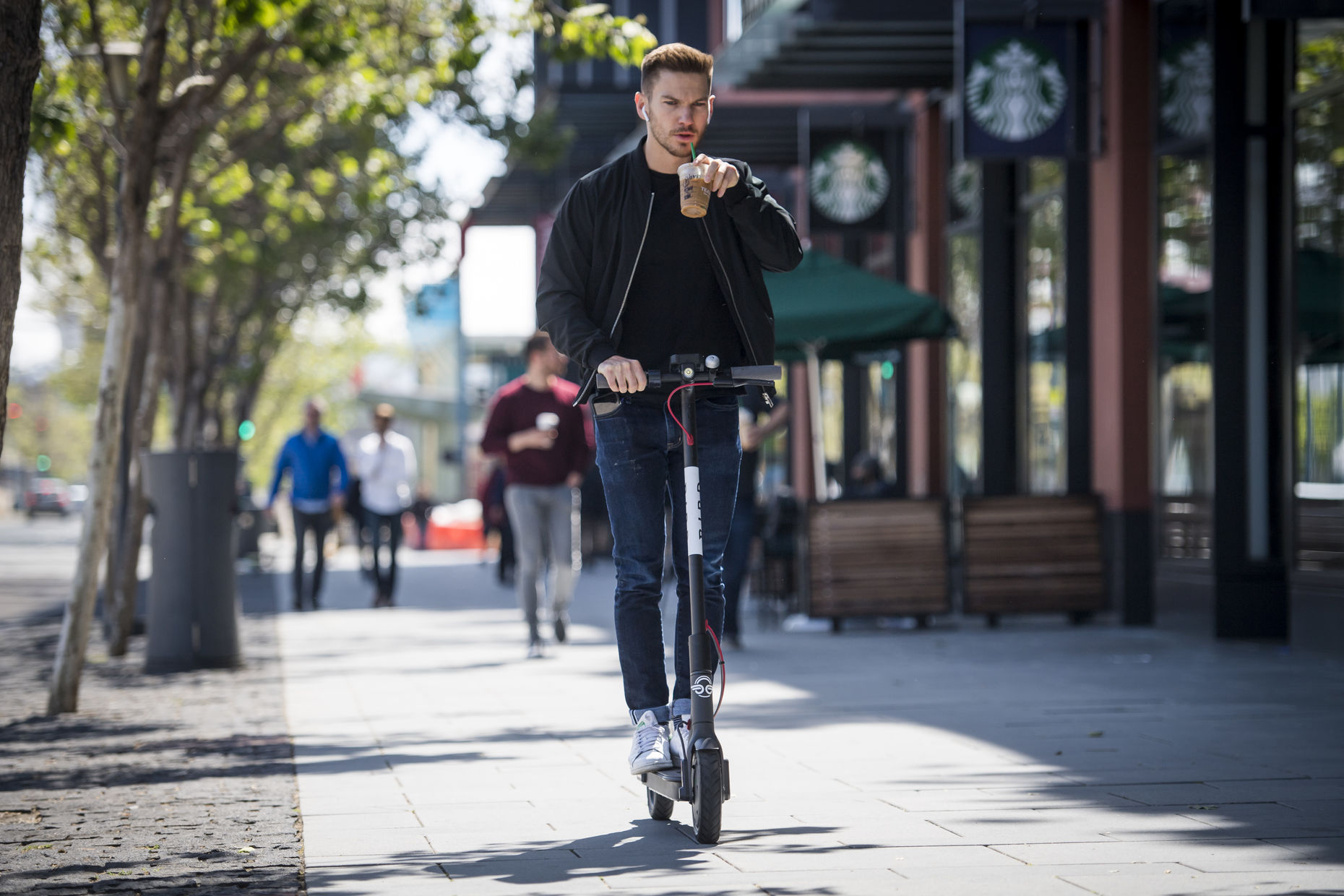Langston Whitlock created his first messaging app at age 12 and then went on to be a co-founder of another app/business called SAFETRIP. SAFETRIP is an app that is basically “uber for ambulances”. It is a healthcare based rideshare app where users can schedule rides for non-emergency medical transportation or emergency medical transportation. Users pay for the rides either through their insurance, debit or credit cards. This app has been revolutionary for the users in Atlanta where the app is based, saving them time and money just from scheduling their medical transportation through Whitlock’s app.
Langston created his messaging app at age 12 to try and contact his absent father. This got Langston working with code and developing his technology skills that would eventually lead and guided him to eventually assist in the creation of SAFETRIP. Once created, SAFETRIP had over $2 million in funding, which is largely due to Langston’s technologies.
Langston did not have a father in his young life, and it pushed him to be creative and innovative and try to find a way to contact his father. His experience with coding his first app prepared him for creating SAEFTRIP in the future. Langston saw his experience and skills as a calling from God, calling him to pursue what he excelled at, his technology skills, and use them to make a difference.
The other co-founder Ja’Nese Jean, saw military veterans who could not afford or who didn’t have access to health care and wanted to help them. She brought in Langston because of his expertise and his passion for technology. Together they created SAFETRIP that is available on IOS and Android stores and is based in Georgia.
Langston is a great example of a young entrepreneur who found his passion and talents at an early age, and who used his experience in his childhood to later develop a great app that makes a true difference in the community he lives in today. He combined his skills and experiences, all of which prepared him and led him to the business he is now the CIO of.




